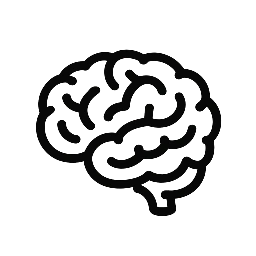Large Language Models, or LLMs, are a type of artificial intelligence designed to understand and generate human language. They are the foundation behind tools like ChatGPT, Bard, or Claude, and are transforming how we write, search, translate, and interact with machines.
What Makes an LLM “Large”?
The more parameters and training data a model has, the more it can understand context, nuance, and even creativity in human communication.
How LLMs Work
LLMs rely on deep learning, specifically transformer architectures, which allow them to predict the next word in a sentence based on what came before. By doing this repeatedly, they can generate full sentences, answer questions, or translate content.
They don’t “understand” language like humans do — but they are very good at recognizing patterns and mimicking meaning based on the data they’ve seen.
Real-World Examples
- ChatGPT helps users write emails, code, or content across languages.
- Bard (by Google) assists with research and idea generation.
- Claude (by Anthropic) focuses on safe, dialogue-driven AI.
LLMs are powerful tools that make AI seem intelligent and conversational. They extend the capabilities of NLP and are reshaping how we work and communicate but they also raise ethical and environmental questions worth exploring.
Let’s take a step back and look at the bigger picture. Large Language Models are just one part of a growing family of tools called Generative AI — systems that can create text, images, code, and more.
👉 Next article: What is Generative AI?
Curious about the energy and cost behind each article? Here’s a quick look at the AI resources used to generate this post.
🔍 Token Usage
Prompt + Completion: 3,100 tokens
Estimated Cost: $0.0062
Carbon Footprint: ~15g CO₂e (equivalent to charging a smartphone for 3 hours)
Post-editing: Reviewed and refined using Grammarly for clarity and accuracy
Tokens are pieces of text AI reads or writes. More tokens = more compute power = higher cost and environmental impact.
